In today's rapidly urbanizing world, the pursuit of sustainable urban living has never been more critical. Rooftop gardens have emerged as a revolutionary solution to enhance the livability of our concrete cities. These green roofs not only beautify urban landscapes but also offer substantial environmental benefits, transforming city life in numerous ways. This section explores the multifaceted advantages of rooftop gardens, their role in sustainable urban living, and how they are reshaping our cities.
Rooftop gardens contribute significantly to urban sustainability by incorporating elements of urban agriculture and rooftop farming. These green spaces support biodiversity in cities, providing habitats for various species, promoting ecological balance, and enhancing urban ecosystems.
Rooftop gardens create microhabitats that attract pollinators like bees and butterflies, which are crucial for urban biodiversity. These green roofs offer refuge for birds and insects, supporting a wide array of wildlife within city limits. As cities expand, such initiatives become vital in maintaining ecological networks.
The proliferation of rooftop gardens can effectively combat the urban heat island effect, a common issue in densely populated areas. Green roofs act as natural insulators, reducing the need for air conditioning during hot months and lowering heating costs in winter. This insulation contributes to energy-efficient buildings, aligning with climate change solutions and reducing carbon footprints.
Beyond environmental benefits, rooftop gardens have significant economic and social impacts. They play a crucial role in sustainable architecture, offering long-term savings and promoting community engagement.
Economic and Social Impacts
Rooftop gardens reduce energy consumption by moderating building temperatures. A study by the University of Toronto found that green roofs can decrease air conditioning demand by up to 75% in summer months. This reduction translates into substantial cost savings for building owners, highlighting the economic viability of sustainable architecture.
Rooftop farming offers opportunities for urban gardening enthusiasts and serves as an educational tool. Community gardens on rooftops foster social interactions and provide fresh produce to urban dwellers, contributing to eco-friendly cities and combating urban hunger. For instance, the Chicago City Hall rooftop garden produces vegetables shared among local communities, setting a precedent for similar projects worldwide.
Recent trends indicate a growing recognition of the importance of integrating nature into urban planning. Governments and organizations worldwide are investing in initiatives that promote sustainable urban living through rooftop gardens.
Governments are increasingly acknowledging the role of rooftop gardens in addressing environmental challenges. In 2024, South-East Governors launched aggressive youth empowerment campaigns to combat insecurity and promote urban gardening. These initiatives aim to reduce urban unemployment by encouraging participation in green industries.
Recent Developments in Rooftop Gardens
Globally, efforts to enhance urban sustainability through green roofs are gaining traction. In Singapore, a $1 million fund has been established to help cooperatives deepen community efforts in rooftop gardening. This financial support underscores the potential of rooftop gardens to transform urban landscapes and foster community involvement.
Examining successful case studies provides insight into the transformative power of rooftop gardens.
Manchester's urban oasis offers a perfect example of how rooftop gardens can enhance city life. This space includes a free farm, riding stables, BMX pump track, and much more, offering recreational opportunities for residents while promoting sustainable living. Such projects inspire other cities to adopt similar models.
New York City has been at the forefront of promoting green roofs through its comprehensive initiative that incentivizes building owners to install rooftop gardens. This program not only enhances urban aesthetics but also significantly contributes to environmental conservation efforts.
Despite their numerous benefits, implementing rooftop gardens poses challenges that need addressing to maximize their potential.

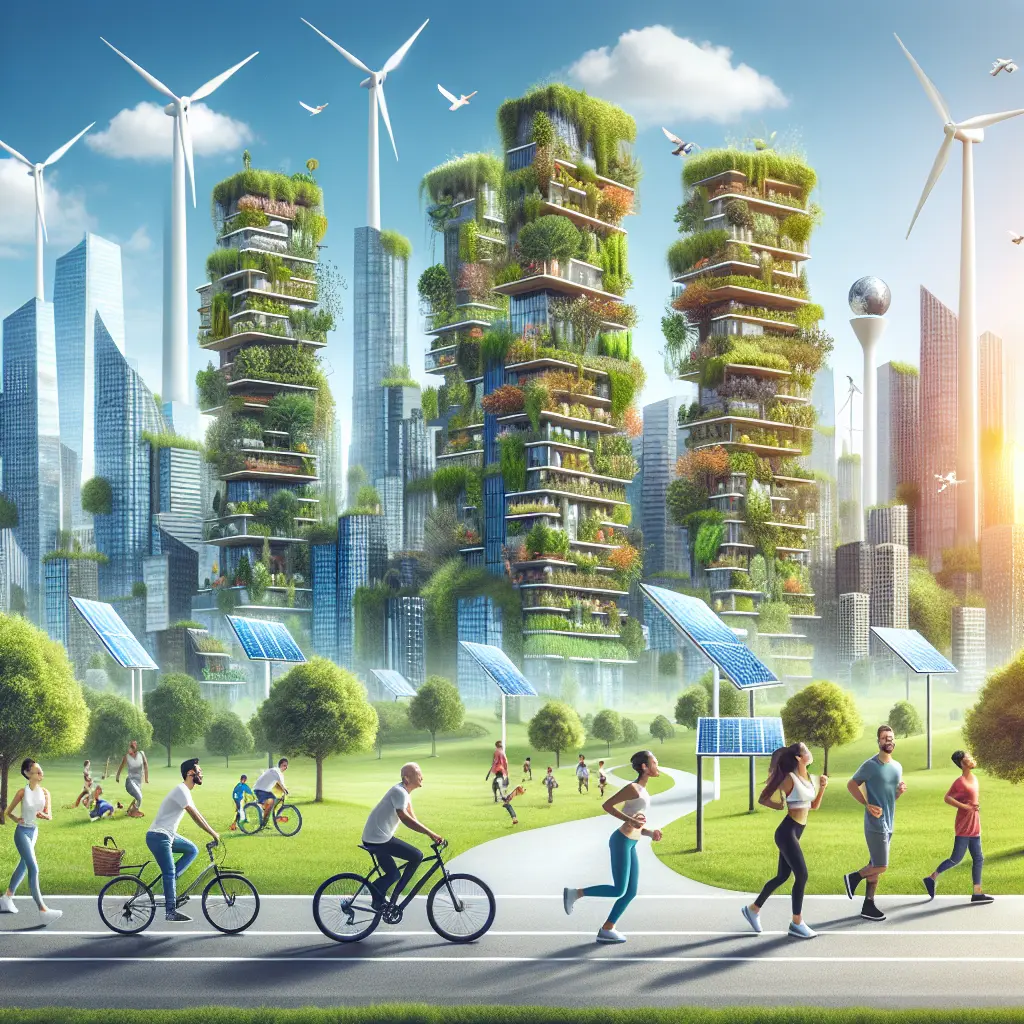
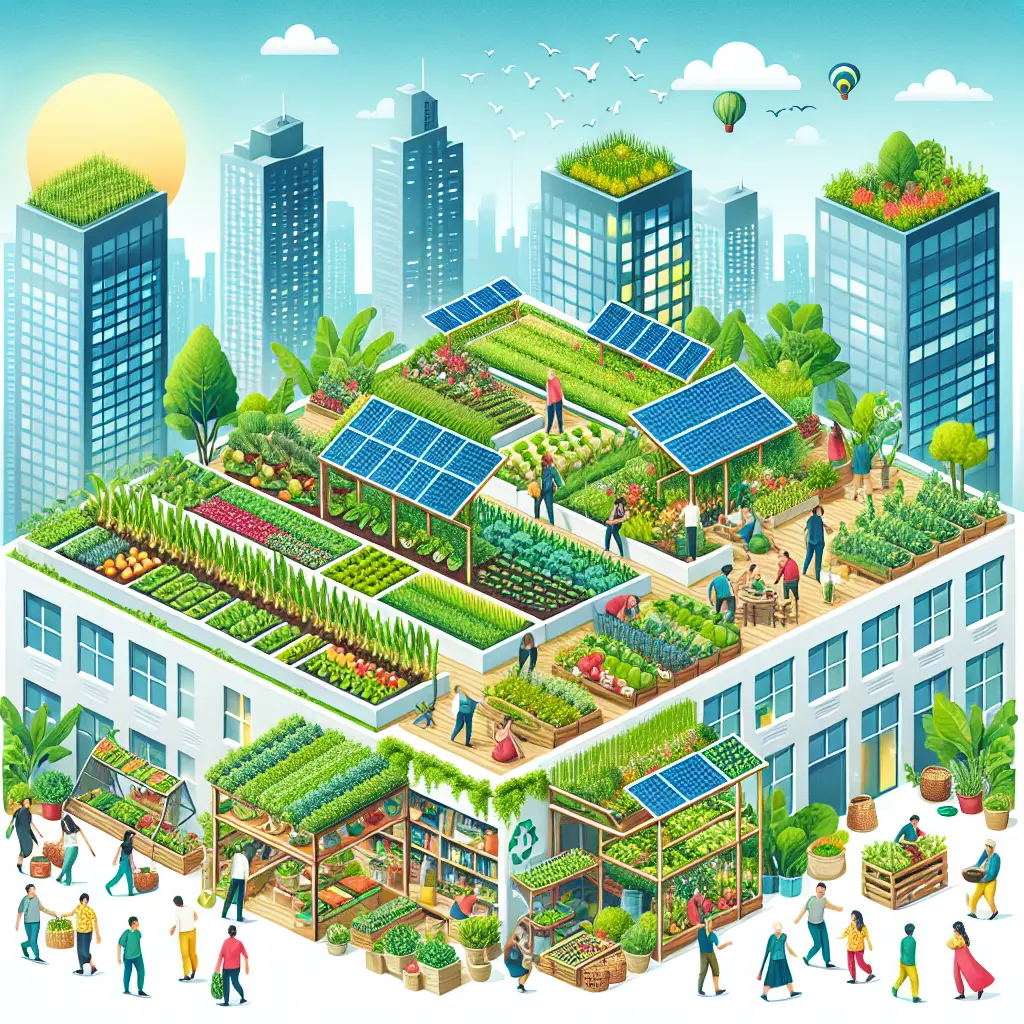


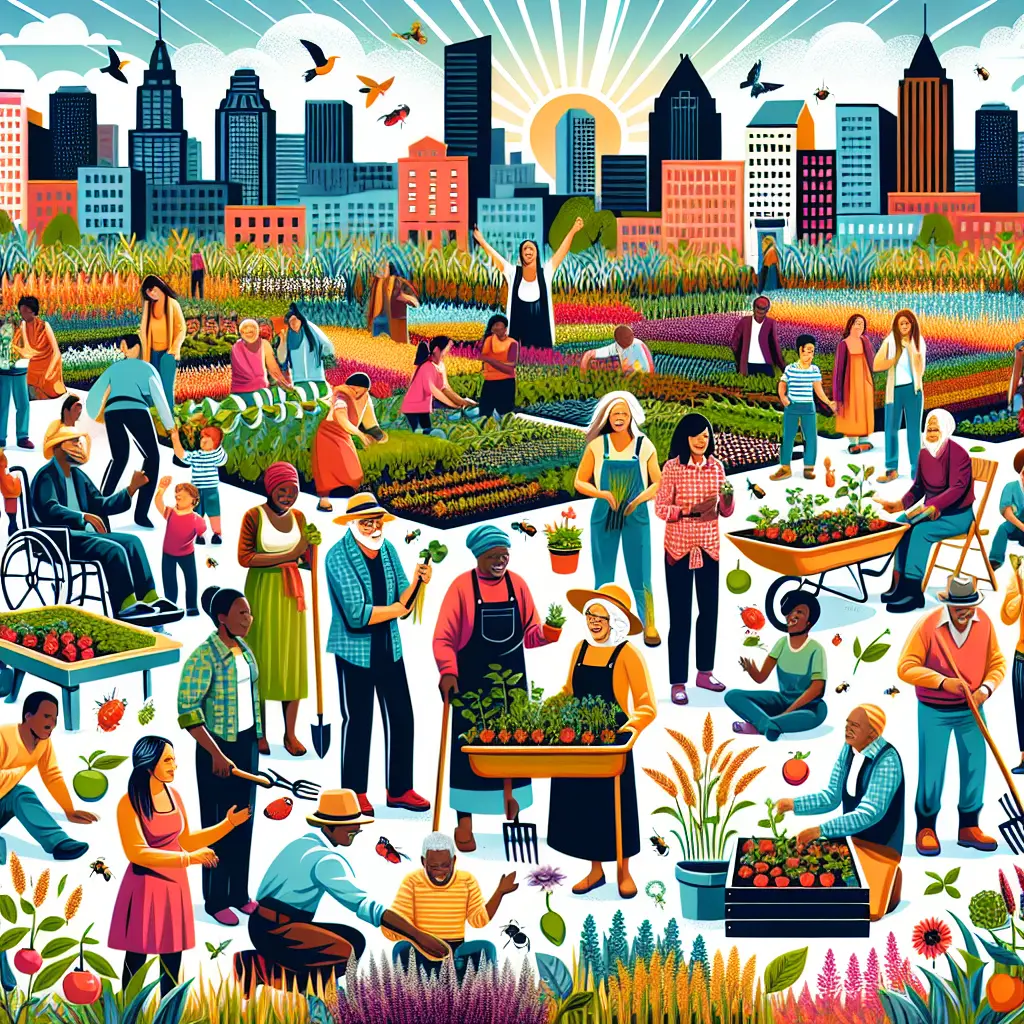
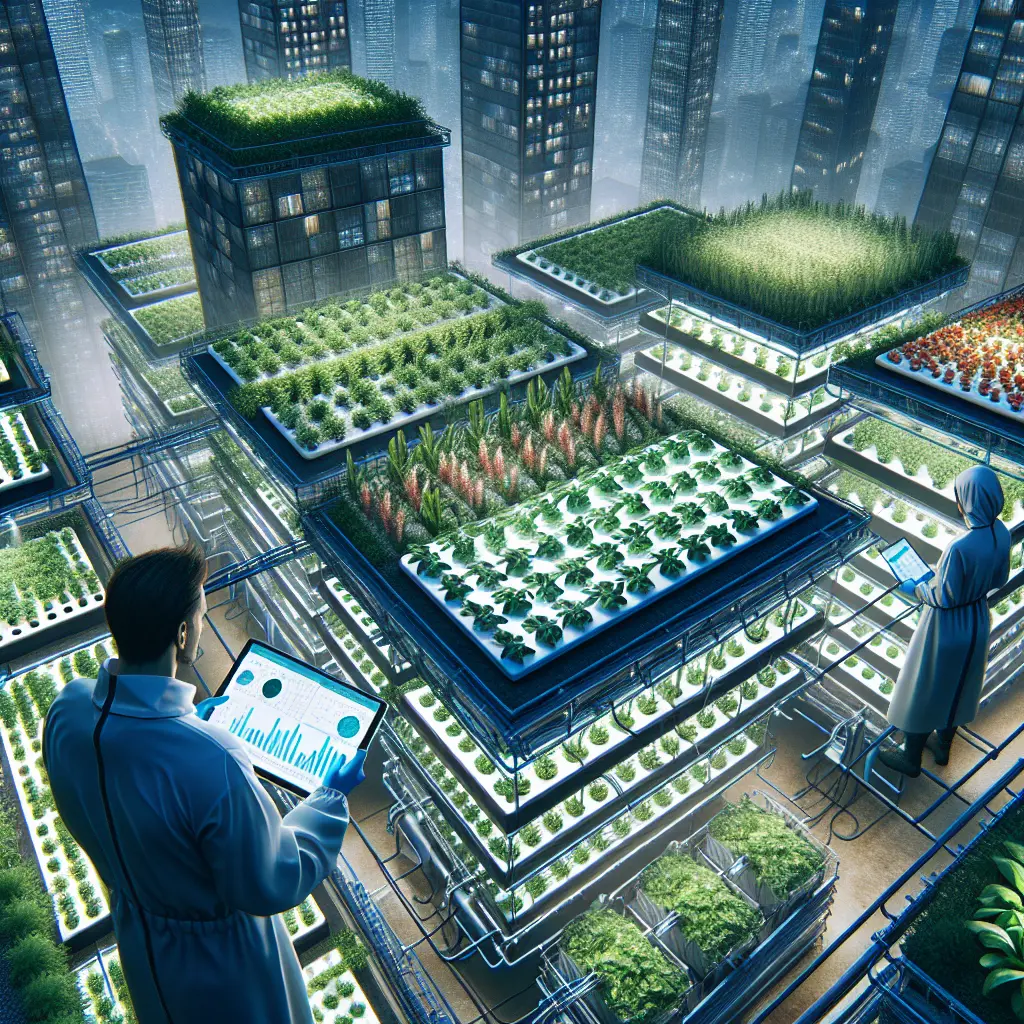
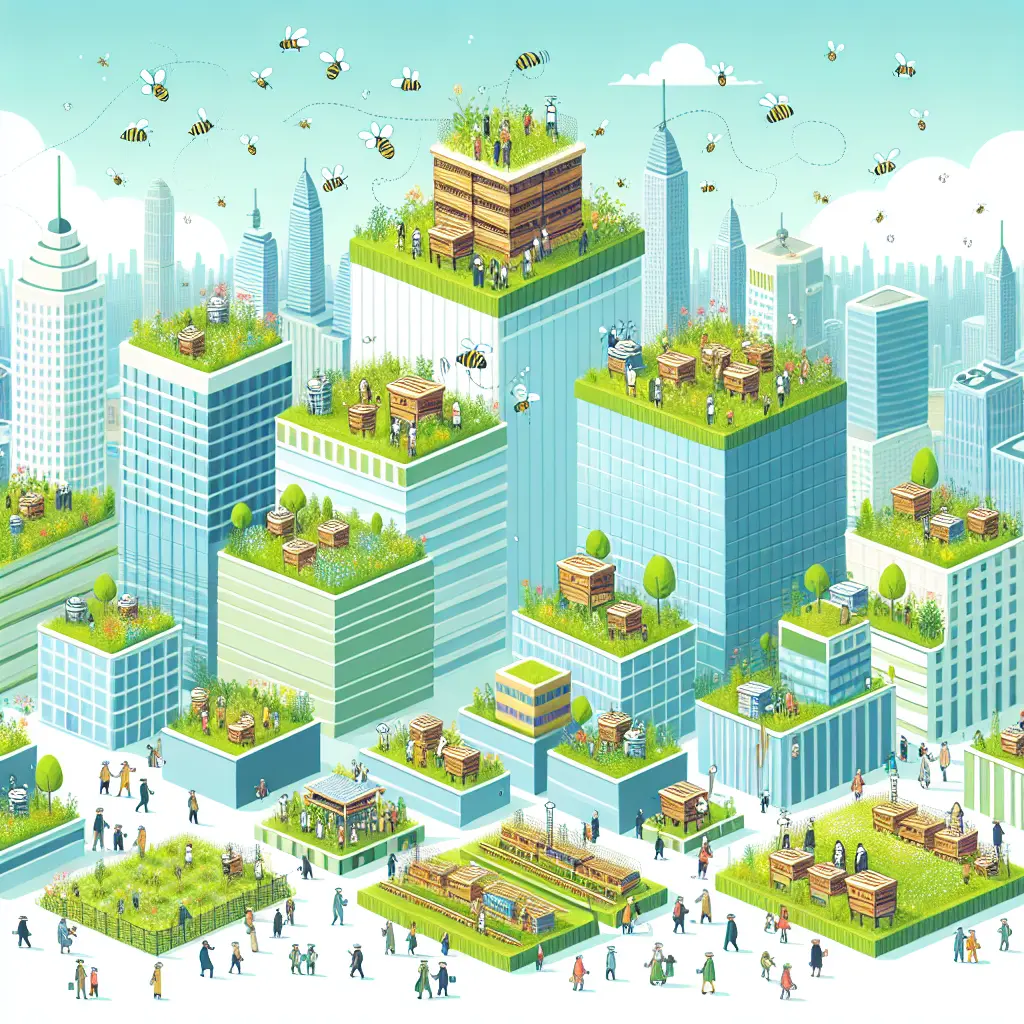
Leave a Comment